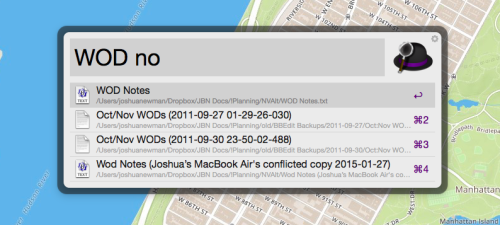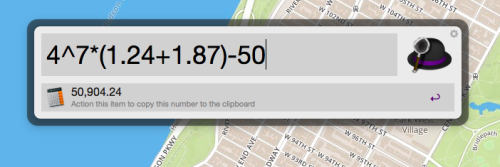Iterate
For years, I’ve been a fan of British productivity guru Mark Forster, sort of the UK equivalent of David Allen.
Unlike Allen, who’s pedantically determined to prove that his Getting Things Done system is The One True Way, Forster instead tends to play around with a variety of systems, tools and approaches, always searching out new ways of getting more important things done more easily.
From Forster, I picked up a writing trick that remains one of my most used tools: iterative expansion drafting.
The approach is simple. You start by jotting or typing out very fragmentary ideas, roughing out the piece. For the start of this blog post, it might be something like:
Following Mark Forster, UK David Allen.
Open to new ideas.
From Forster: iterative expansion.
Start with fragments, expand in passes.
Using this kind of framework, you can get thoughts out quickly, focus on what you want to say before you become mired in how you want to say it.
Then, after a break, you can come back and expand a bit:
For years, I’ve been a fan of Mark Forster. He’s sort of the UK’s answer to David Allen.
He’s open to new ideas, and tends to play around with a variety of tools and approaches.
One technique I took from Forster was the concept of successive iterative drafting.
The concept is simple: start with words and sentence fragments to get out the ideas, then return repeatedly to the document to expand and edit those fragments on subsequent passes.
From there, another pass or two yields a publishable post.
Without this approach, especially when creating dense work documents, I tend to spend an inordinate amount of time stuck drafting and re-drafting the first paragraph. But going iteratively, I can flesh out the spine of a two-thousand word white-paper in just a few minutes. And with each successive expansion, momentum carries me forward. I’m no longer forced to come up with ideas from scratch, not faced with the terror of the blank page. Instead, I’m simply adding to what already exists, and then phrasing and rephrasing in clearer, more readable ways.
At it’s core, successive iterative drafting is the concept of ‘shitty first drafts’ taken to its logical extreme: creating a draft so shitty, it barely even resembles writing, yet that still gets you an initial foothold from which to build.
For more on the approach (and a bunch of other excellent insights), check out Forster’s Do it Tomorrow. It’s the book I’ve gifted more than any other, and it’s certainly worth the read.



